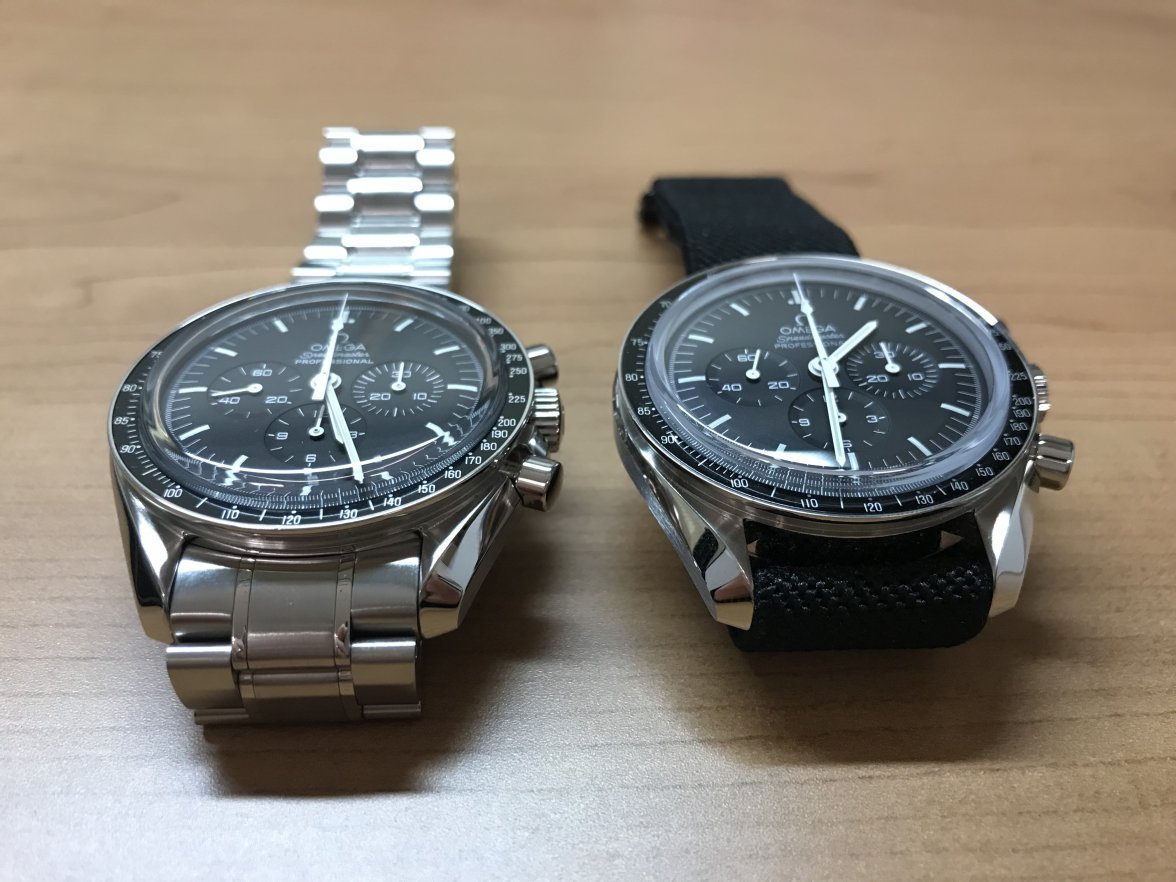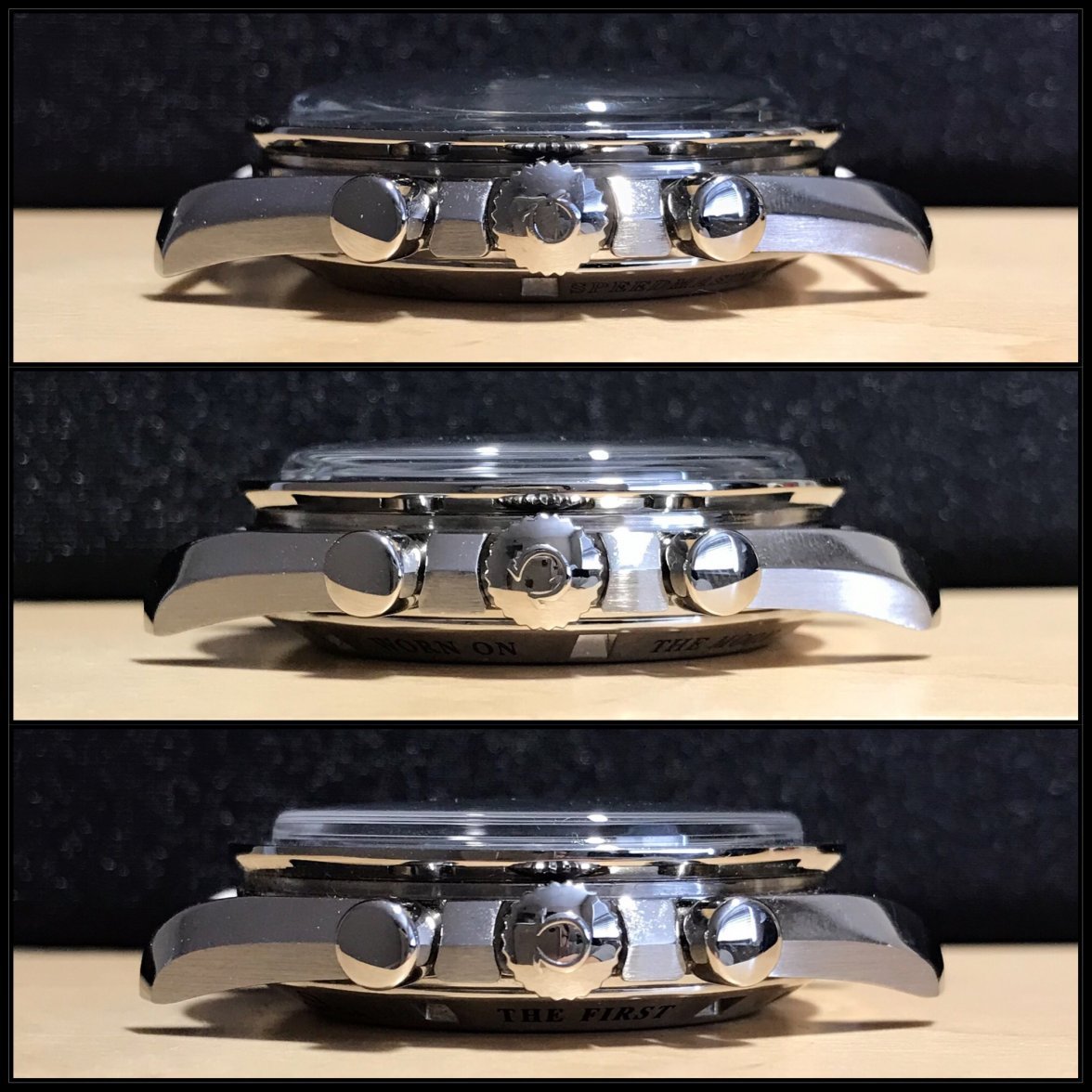cvalue13
·@padders : no one could fault you for not paying close attention to this (though you did just on another thread give me a very clear, detailed, almost impassioned, explanation of how the beats of the speedmaster movements do or do not align with the sub-indexes of different dial variations 👍 - thank you for it).
My own observation (echoed by others) is that the qualitative difference between the std sapphire and cal.321 sapphire and that the latter lacks a remarkable amount of the much maligned “milky ring” type qualities of the former. And if true, that would seem to knock out several (not all) of most often cited complaints in the preference (war) between plexi and sapphire.
My hypothesis (but by no means theory) is that the ibove observation results from something about the engineering of the marketed “domed” sapphire of the cal.321, possibly in tandem with other features (e.g. the rehaut).
But as far as obvious, agreed, and verifiable quantitative differences between the two sapphires: you’re correct that it boils down to the engraved logo 😟... so far?
is the difference between std and 321 sapphire not just the laser engraved logo in the centre seen in the latter
My own observation (echoed by others) is that the qualitative difference between the std sapphire and cal.321 sapphire and that the latter lacks a remarkable amount of the much maligned “milky ring” type qualities of the former. And if true, that would seem to knock out several (not all) of most often cited complaints in the preference (war) between plexi and sapphire.
My hypothesis (but by no means theory) is that the ibove observation results from something about the engineering of the marketed “domed” sapphire of the cal.321, possibly in tandem with other features (e.g. the rehaut).
But as far as obvious, agreed, and verifiable quantitative differences between the two sapphires: you’re correct that it boils down to the engraved logo 😟... so far?










